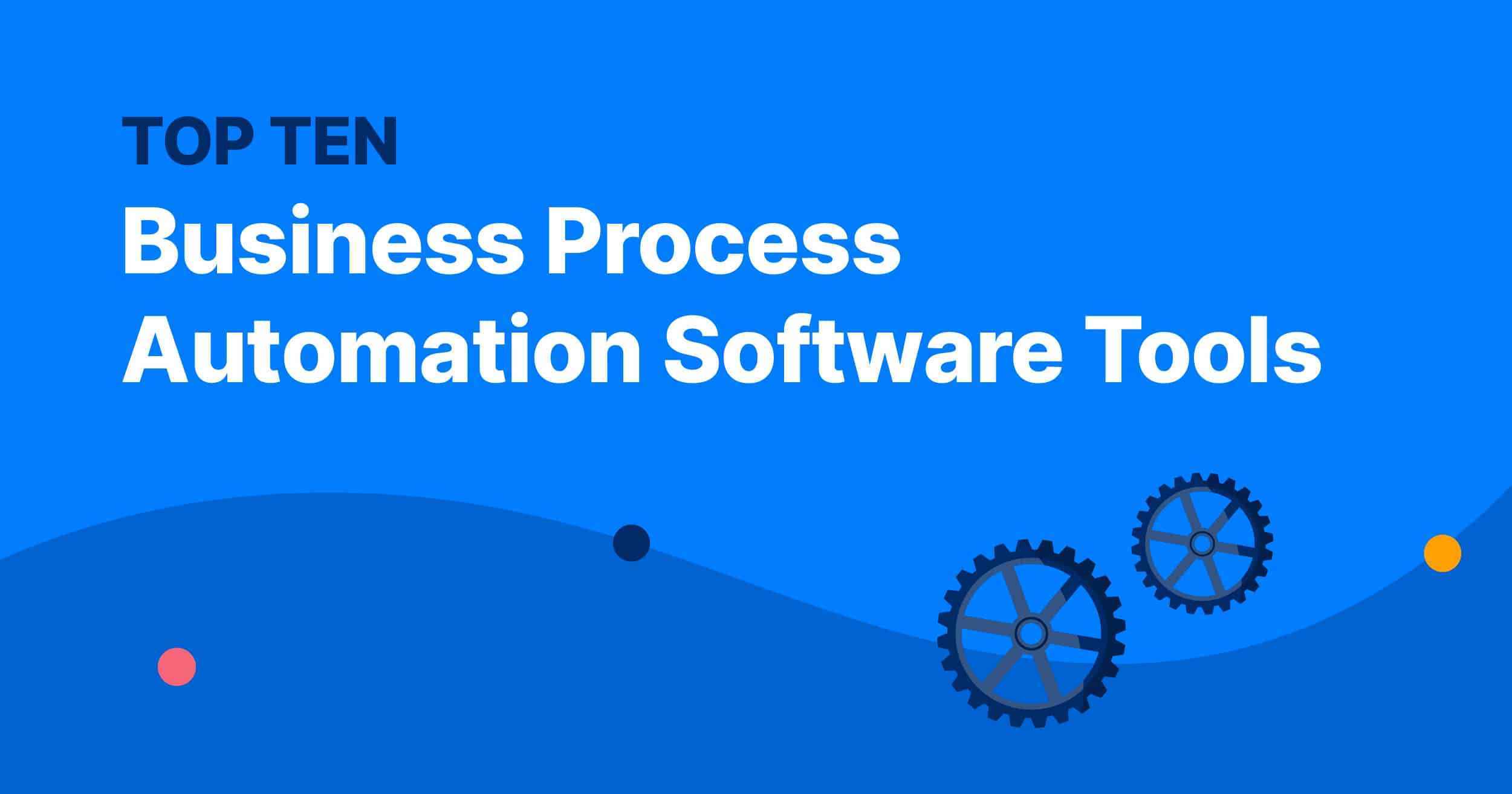The modern business landscape is characterized by rapid change, increasing complexity, and a relentless need for efficiency. Businesses are constantly striving to optimize operations, reduce costs, and improve customer experiences. At the heart of this transformation lies business process automation (BPA) – and that’s where business process automation tools come in. These tools are no longer a futuristic concept; they are a vital component of any organization looking to thrive in today’s competitive environment. This article will delve into what BPA is, explore the different types of tools available, and discuss how they can revolutionize how businesses operate.

What is Business Process Automation?

Business process automation (BPA) refers to the use of technology to streamline and automate repetitive, manual tasks within an organization. Instead of relying on human workers to perform these tasks, BPA systems utilize software and other technologies to handle them automatically. This can range from simple tasks like data entry to complex workflows involving multiple departments and systems. The goal is to improve efficiency, reduce errors, and free up employees to focus on higher-value activities. It’s about moving beyond simply doing things to doing things better. The core principle is to eliminate bottlenecks and inefficiencies inherent in traditional workflows. Think of it as automating the mundane, allowing your team to concentrate on strategic initiatives.

Types of Business Process Automation Tools
There’s a wide variety of business process automation tools available, each designed to address specific needs and complexities. Here’s a breakdown of some of the most popular categories:

Robotic Process Automation (RPA): RPA is arguably the most widely recognized type of BPA. It involves using software robots (bots) to mimic human actions within applications and systems. These bots can automate tasks like data entry, invoice processing, and report generation. Popular RPA platforms include UiPath, Automation Anywhere, and Blue Prism. RPA excels at handling repetitive, rule-based tasks, making it ideal for streamlining administrative functions.

Workflow Automation Software: This category encompasses platforms that allow businesses to design and automate workflows across various departments. These tools often integrate with existing systems like CRM, ERP, and HR platforms. Examples include Zapier, Microsoft Power Automate, and Nintex. Workflow automation software is particularly useful for integrating disparate systems and creating automated sequences of actions.

Business Process Management (BPM) Software: BPM is a more comprehensive approach that involves designing, executing, monitoring, and optimizing business processes. It provides a visual workflow designer, task management, and analytics capabilities. Solutions like Appian and Pega are popular choices for larger organizations needing robust BPM capabilities.

AI-Powered Automation: Artificial intelligence (AI) is rapidly transforming BPA. AI-powered tools can now automate tasks that were previously considered too complex for robots, such as natural language processing (NLP) for understanding and responding to customer inquiries, and machine learning (ML) for predicting future trends and optimizing processes.

Benefits of Implementing Business Process Automation
The adoption of business process automation tools offers a multitude of benefits for businesses of all sizes. Here are some key advantages:

Increased Efficiency: Automation significantly reduces the time it takes to complete tasks, leading to faster turnaround times and increased productivity.

Reduced Costs: By minimizing errors, optimizing resource allocation, and reducing labor costs, BPA can lead to substantial cost savings.
Improved Accuracy: Automation minimizes human error, resulting in more accurate data and fewer mistakes.
Enhanced Customer Experience: Faster response times, personalized service, and streamlined processes contribute to a better customer experience.
Scalability: BPA solutions can easily scale to accommodate growing business needs, without requiring significant additional resources.
Better Compliance: Automation can help businesses maintain compliance with regulations and industry standards.
Challenges and Considerations When Implementing BPA
While the benefits are compelling, implementing business process automation tools isn't without its challenges. Some key considerations include:
Initial Investment: Implementing BPA solutions can require a significant upfront investment in software, hardware, and training.
Integration Complexity: Integrating new BPA tools with existing systems can be complex and time-consuming.
Change Management: Successfully implementing BPA requires careful change management to ensure employees embrace the new workflows. Resistance to change is a common hurdle.
Data Security: Protecting sensitive data is paramount when automating processes. Robust security measures must be in place.
Maintenance and Support: BPA tools require ongoing maintenance and support to ensure they continue to function effectively.
The Future of Business Process Automation
The field of business process automation tools is constantly evolving. We’re seeing a shift towards more sophisticated, AI-powered solutions that can handle increasingly complex tasks. Cloud-based platforms are becoming increasingly popular, offering greater flexibility and scalability. Furthermore, the integration of blockchain technology is poised to revolutionize supply chain management and other areas. Looking ahead, expect to see even more personalized and intelligent automation solutions tailored to the specific needs of individual businesses. The trend is clearly towards a more automated and efficient future for all organizations.
Conclusion
Business process automation tools are no longer a luxury; they are a necessity for businesses seeking to thrive in today’s dynamic market. By streamlining workflows, reducing costs, and improving efficiency, BPA empowers organizations to focus on innovation, growth, and customer satisfaction. Choosing the right tools and implementing them strategically are crucial for realizing the full potential of automation. Understanding the different types of BPA solutions and carefully considering the challenges involved will ensure a successful transition to a more automated future. Investing in the right technology is an investment in the long-term success of your business.